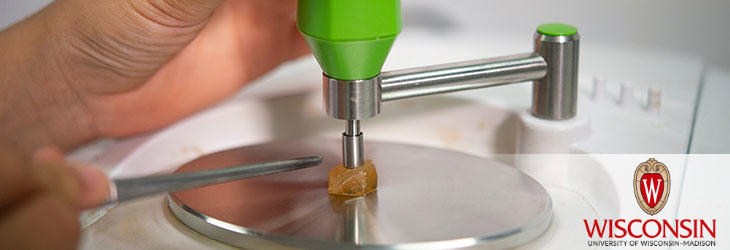Research Tools

Light-Directed DNA Synthesis Using Inverse Capping for Error Reduction
WARF: P06072US
Inventors: Franco Cerrina, Changhan Kim
The Wisconsin Alumni Research Foundation (WARF) is seeking commercial partners interested in developing a method of reducing errors in light-directed DNA synthesis.
Overview
Because conventional DNA sequencing using electrophoresis is laborious and time consuming, alternative approaches, such as those using microarrays, have been developed. Photolithographic techniques are used in the synthesis of microarrays of oligonucleotides probes via masks that selectively illuminate regions of the array. In theory, light-directed DNA synthesis occurs only at active regions of the array substrate that are intentionally illuminated via the mask pattern; however, light scattering, flare and diffraction cause areas of the substrate that should remain inactive to receive some light exposure, possibly deprotecting those sites so that unintentional DNA synthesis can occur, resulting in sequence errors. These sequence errors are acceptable when using DNA microarrays as sensors; however, as DNA microarrays are used in DNA assembly, where the thousands of oligonucleotides are cleaved from the array and assembled into a longer gene, the sequence errors become a major obstacle to achieving a biologically functional gene.
The Invention
UW-Madison researchers have developed a method of reducing errors in light-directed DNA synthesis by using inverted masks to disable sites where synthesis is not intended to occur. Before light-directed DNA synthesis occurs on a prepared microarray substrate, the substrate is exposed to light via an inverse mask pattern to deprotect inactive regions of the substrate where synthesis is not desired. The deprotected sites are then capped to permanently disable the inactive areas. This inverse capping prevents unwanted DNA synthesis in the inactive areas, resulting in “purer” DNA, even though such areas may be unintentionally exposed to light during DNA synthesis on the active areas of the substrate.
Applications
- DNA synthesis
Key Benefits
- Significantly reduces errors in DNA synthesis caused by light scattering, flare and diffraction
- Results in higher quality DNA microarrays and purer oligonucleotides
- Does not require additional expensive and complicated optical systems
Tech Fields
For current licensing status, please contact Jennifer Gottwald at [javascript protected email address] or 608-960-9854